FRDC’s Managing Director Patrick Hone pays tribute to FISH magazine and outlines the organisation’s new communication initiatives
Dear Readers,
It is with mixed emotions that I write this editorial for our final edition of FISH magazine. For almost three decades, it has been a powerful communications vehicle for imparting insights from hundreds of research projects funded by FRDC. The key purpose of FISH magazine was to provide a resource to help share information and support the adoption of the R&D to build a strong fishing and aquaculture community.
Throughout its history, FISH magazine has been produced by a succession of dedicated writers and editors with great fishing and aquaculture knowledge and passion and we are very grateful for their commitment.
Evolution of FISH
It began when FRDC developed its corporate image with the help of one of its directors, Dale Bryan. Dale was the Executive Officer of the Tasmanian Fishing Industry Council (TFIC) and was experienced in fishing and aquaculture communication. He and Mal Mahoney wrote the content for TFIC’s magazine, and Dale’s wife Daphne ‘Duckie’ assisted with its production.
The magazine was significantly rebranded as FISH in June 2007 and evolved into the current FISH magazine format under the direction of former FRDC General Manager Communications, Trade and Marketing Peter Horvat.
Over the past decade, FISH magazine has been edited by Catherine Norwood and colleagues from Coretext. We would like to acknowledge this valued service from Catherine, her team, and all the past writers and editors who have provided a crucial link between FRDC and the users of the R&D produced with investment from industry organisations and the Australian Government.
As Indigenous fishing, aquaculture, commercial wildcatch and recreational fishing have evolved significantly over the past three decades, so too have the communications platforms and mechanisms for sharing our R&D with stakeholders. As such, we have decided to move away from the hard-copy print publication of FISH magazine.
|
Image
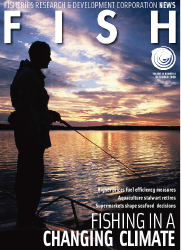
|
Image
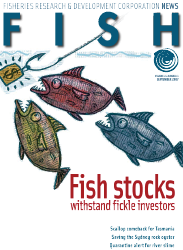
|
Image
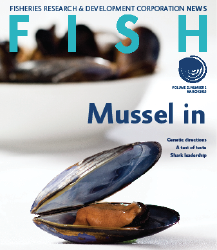
|
Image
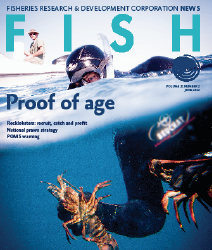
|
|
Image
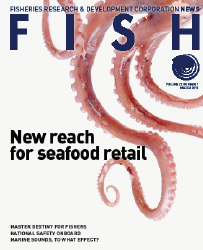
|
Image
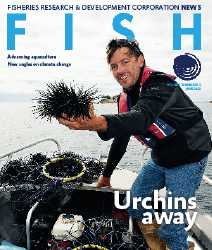
|
Image
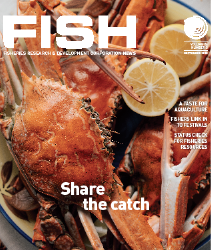
|
Image
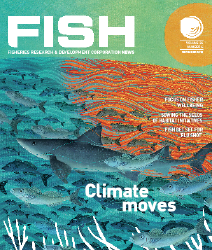
|
|
Image
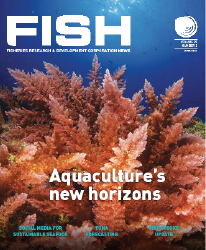
|
Image
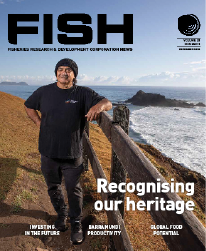
|
Image
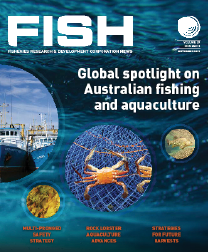
|
Image
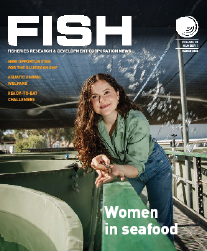
|
Digital channels
While some readers may be disappointed that the traditional FISH magazine format is wrapping up, rest assured, our communications team will be busier than ever. We are focused on ensuring our R&D information and stakeholder engagement activities target audiences in more ways that are better suited to your needs.
The research project articles and media releases that were shared through FISH magazine will still be written but will be communicated through a range of other channels. Our primary communications channel will be the monthly electronic FRDC News. As a digital platform, it allows us to monitor and measure the effectiveness of our communications though defined metrics and analytics that inform us of the type of information that readers are engaging with most often.
These insights will help us refine our information to best respond to our stakeholders’ interests and to deliver a better reader experience. In addition, we will also provide our articles and research updates to our partner organisations to be shared in their own hard-copy or electronic publications for their members. When relevant, FRDC will also distribute media releases to print, broadcast and online media outlets.
Person to person
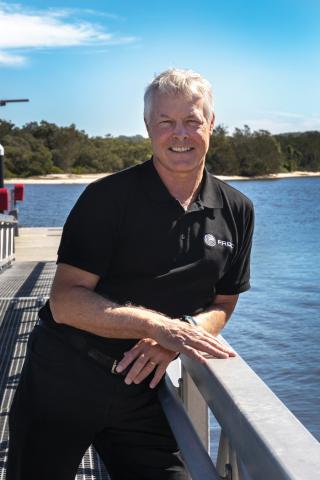
As Indigenous fishing, aquaculture, commercial wildcatch and recreational fishing have evolved significantly over the past three decades, so too have the communications platforms and mechanisms for sharing our R&D with stakeholders. Patrick Hone
FRDC will also communicate directly through our new extension officer (EO) network, with seven new EOs located throughout Australia. Their role is to engage with the people involved in Indigenous fishing, aquaculture, commercial wildcatch and recreational fishing on research outputs and help them transition to new practices and methods to remain profitable, sustainable and agile. We have an article on our EO network and functions on page 10 of this magazine.
Fishing and aquaculture are facing a range of global and sector challenges such as resource and environment sustainability, diminishing social licence, workforce challenges, climate change and biosecurity risks, and these challenges will only be resolved through the intersection of culture change and people. Building capacity and capability from the grass roots up is a key element in FRDC’s strategy for the future.
To this end, we have employed a Capability, Capacity and Culture Change Manager, Sally Roberts, whose remit is to support fishing and aquaculture to attract, develop and retain capable people. Read more about FRDC’s plan to build workforce capability and capacity on page 9 of this magazine. You can also read more about these challenges in FRDC’s Annual Operating Plan on the FRDC website.
FRDC has an important role to play in converting these challenges into opportunities, hence we’re adapting our approach to communications and stakeholder engagement. This is the biggest transformational change that FRDC has implemented in the past 20 years, and we’re hopeful that you will find our new communication and engagement methods more effective and targeted in the future.
We invite you to continue receiving FRDC’s latest news and research developments by signing up to our e-newsletter. f
Kind regards,
Patrick Hone,
Managing Director





